Evora Portugal: Visit the Cultural and Historic center, Unesco sites, local cuisine and wines (2023)
Located in the central region of Portugal, Evora is approximately a two-hour drive (approx. 87 miles east from Lisbon, Portugal. Set in the beautiful region of Alentejo with rural villages, cities and gorgeous vineyards and landscapes, Evora is the regional capital of the area.
As the regional city, Evora makes a fantastic base to explore the rest of the Alentejo region with its many historic towns, amazing vineyards to explore and fun road trips you can do to historic and cultural centers around the region.
While you are out exploring, make sure you take time to enjoy the regional cuisine here in the Alentejo with an abundance of DOP regional designated only products from this region, fresh meal, seafood and locally grown produce that is served at peak season with the freshest ingredients used at the finest restaurants in town.
Evora is a UNESCO World Heritage Site
Certified by UNESCO in 1986, Evora has many treasures and historic buildings to explore and even wander aimlessly in the narrow windy roads that occasionally leads to large plazas and historic buildings. The main UNESCO attractions worth visiting here in Evora includes:
The old city walls
The Aqueduct of Evora
The Cathedral
The Main palace of Evora
University of Evora
Roman Temple to Augustus
Capella dos Ossos
Along with significant buildings and beautiful squares, palaces and many unique churches that dot the city center.
A little history about Evora, Portugal
One of the most influential cities of Medieval Portugal, Evora was an important religious center situated on the main trading route to Spain. The city’s rich history is well preserved as a UNESCO World Heritage site and containing many architectural treasures from many different timeframes of the city’s history.
Called Ebora by the early Lusitanians which was their regional capital city. The Roman era started with the conquest in 57 BC from the Lusitanians and was an important city because of its junction to many trade routes.
The large Corinthian temple in the middle of the city was constructed during the first century to honor Augustus and had their first bishop in the 4th century. The city was ruled by different rulers from the Visigoths to the Moors and eventually came under the rule of King Alfonso I in 1166.
The city flourished and became a center for humanities, art and music with famous artists and composers making it their home base.
Evora, Portugal FAQ
How long is the drive from Lisbon to Evora?
If you are driving to Evora, the city is less than 87 miles east towards the central region of Portugal
How long should you spend visiting Evora?
Even though this is a popular day trip, it is worth a few days or longer to explore the historic district and the regional area of Alentejo
How to get to Evora?
By car, take the A6 road and then N114 into Evora, the route is about 137 km and takes about an hour and a half
By train, take the direct train to Evora from Santa Apolonia station and is about 12 Euro for each direction
By bus, it takes about 1.5 to two hours, you can book your reservation for a seat on the Rede Expressos website for tickets and timetables.
**You can also sign up for day tour experiences from Lisbon, check out this website here for more details and information.
How to visit the region around Alentejo?
You can easily drive the main highways to explore the area around Evora. Rental cars are easy to get from Lisbon and the highway systems are very well maintained and fast.
Check out this rental car operator here for the best deals to explore the Alentejo region and beyond.
Top things to do around Evora and surrounding areas
Most visitors to Evora can easily spend a few days or more exploring the historic district which is compact and walkable inside the city walls. The city is a popular getaway from Lisbon area but in the summer months the city is extremely hot due to the summer temperatures baking the central part of the country.
Templo Romano Evora
Located in a prominent square in the old town the Roman Temple is dedicated to the cult of Augustus is and one of the finest examples of Roman temples located in the Iberian country. On an elevated platform the temple consists of 14 columns and was incorporated into a slaughter house, a royal palace and eventually turned into a historic monument on its own. Locals call this the Temple of Diana which is different than the actual dedication because of a legend during the 17th century of this temple being dedicated to the goddess of hunting.
Jardim Diana
Just beyond the temple are is a nice small garden area with a board observation terrace that overlooks the area below the city and the University area below. It’s a nice place to enjoy end of day and sunset in the area with spectacular views. The garden used to be the kitchen garden of the King and the convent along with 6th century D. Manuel Royal Palace.
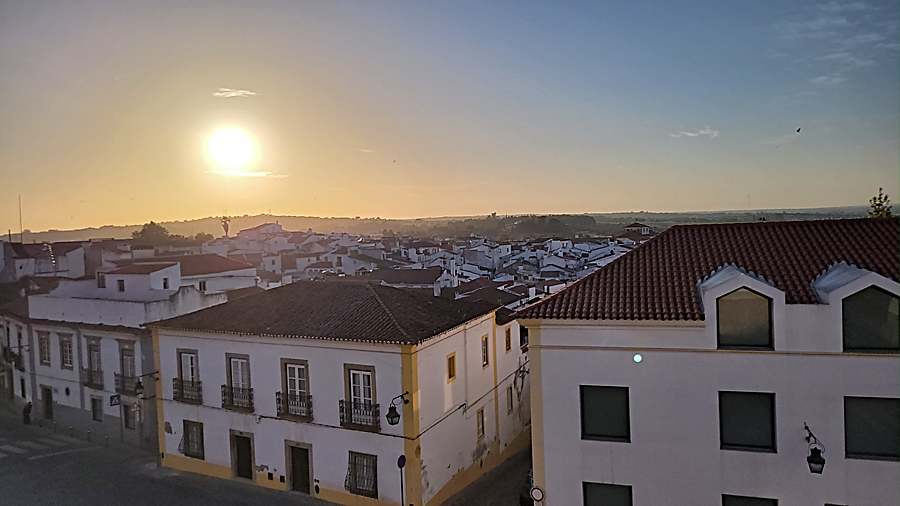
Jardim Diana at sunset
Capella dos Osos
An important convent and church that preserved the many bones and skulls of over 5,000 bodies exhumed from the ancient graves to make way for valuable land and space. The remains and skeletons were fashioned into the walls and detail craftsmanship in the little chapel which has become a unique attraction with a self-tour of the grounds and a fabulous museum and view from the rooftop area.
Entry to Capela dos Ossos: Entrance to the chapel, museum and Franciscan Church (Igreja de São Francisco) is €5. You will need cash as they don’t take cards.
Capella dos Osos detail
Evora Cathedral (Se)
One of the finest examples of gothic architecture in Portugal, the cathedral was built in the 13th century during the medieval period of the city’s existence. The Cathedral has thick and fortified walls with massive stone pillars that hide many of the delicate and beautiful sculpture, stain windows and fine details to this cathedral. Across from the cathedral are the remains of roman temple.
The interiors of the cathedral are more ornate with and 18th century altar made with marbles, a beautiful museum and treasury and cloister area that you can also explore.
Entry to the Évora Cathedral:
- Cathedral: €2.00
- Cathedral & Museum: €4.00
Cathedral & Cloister: €2.50 - Cathedral, Cloister, Towers and Roof Access & Museum: €4.50
- Cathedral, Cloister, Towers and Roof Access: €3.50
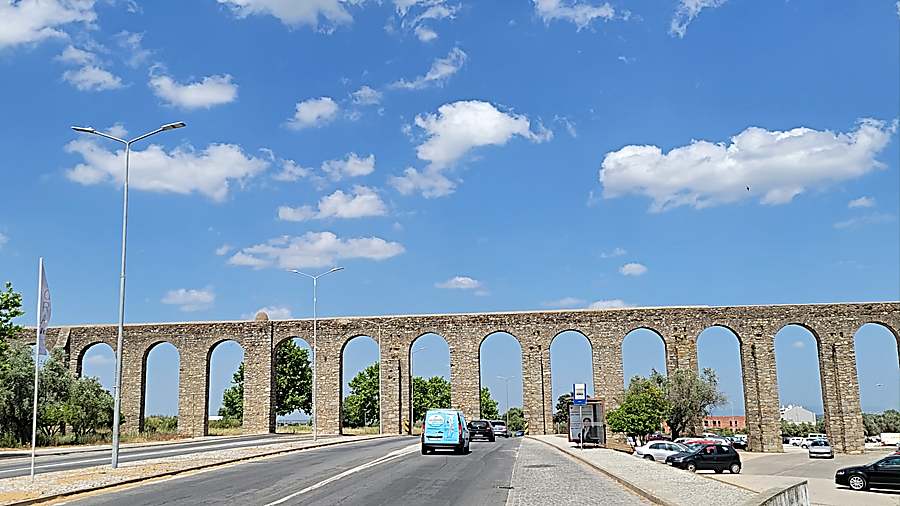
Evora Aqueduct or the aqueduct of Silver Water
Evora Aqueduct or the aqueduct of Silver Water
The 16th century aqueduct snakes through the country side and enters the city walls to a large holding cistern. With grand arches that spans over 9 kilometers to the center where the columns and forms were incorporated into houses and shops within the city walls and makes a fascinating tour of the area around the aqueduct.
Fountain of Portas de Mouras
A beautiful Renaissance fountain located on the Largo das portas Mouras was built in 1556 with a large globe that is surrounded with water in the base.
University of Evora
The large sprawling complex of educational buildings with the Holy Spirit College of the Order of Christ expanded this Jesuit college into one of the most significant colleges around Portugal. Founded in 1559 by the Cardinal D. Henrique, the university is located in the lower part of the city just adjacent to the old city walls.
The most important building of the University of Evora is the Colégio do Espírito Santo, one of the places most visited by tourists from the whole world, whether for its history, or its magnificence. The beautiful arcade and facade is wonderful to check ot and also capture in photographs with its signature white with yellow trim.
Royal Palace of Evora
The former residence of the Kings of Portugal, the palace was started originally as a convent during the 13th century but then converted into a royal palace around the 14th century and was a royal retreat to many different kings of Portugal and eventually a grand Renaissance palace. This came into disrepair and war and only a few parts of the palace still exist today that you can visit.
Giraldo Square in Evora
The grand square in the central district, Giraldo square fronts the basilica of St. Andrew. The square was named in honor of Giraldo the Fearless who defeated the Moors in 1165 and was made the governor of Evora, the square was a former Roman market and eventually renamed in his honor.
The fountain draws its water originally from the aqueduct where fresh water was sourced directly to this fountain for the public to use in ancient times.
Church of St. Andrew
Fronting Giraldo Square, the church of St. Andrew or Santo Antao, sits proudly on the end and just behind the beautiful ornate fountain. Built during the timeframe of 1475 – 1550, the church was built in a gothic style with a single vaulted nave making it the largest gothic church in all of Portugal.
Church of our lady of Grace or Igreja da Nossa Senhora da Graca
Located on some hidden back streets in the historic district, the church of Our Lady of Grace is a beautiful mixture of Gothic, Roman and Manueline architectural styles. With large stone statues the façade, the figures support massive globes that pay tribute to Portugal’s conquest of worlds beyond its empire.
Explore the narrow and winding streets of Evora
There are so many cool, narrow streets of the old town with fantastic shops, food venues, bars and arts and crafts galleries to explore along the way around Evora. You can find popular crafts and souvenirs from cork related products and even cork shoes or clothes to local ceramics or azulejos, olive oils, honey, wines and port along with many different types of inexpensive souvenir stands.
Checking out the local products at souvenir stores in Evora
Muralhas de Évora – the Moorish City walls
You can walk around the city walls which covers over 4 kilometers with many gates that lead into the old town. The area of the city walls that is more interesting is closer to the historic university area with an easy walking area or streets that follow the city walls to another gate that leads back into the city center.
Visit the city center Evora Market and public market days
Held on Saturday mornings in the square fronting the Evora Palace, the daily market of Evora has the various produce, fresh fruit, meats and other delicacies in tents in the outdoor section. There is also a daily market with stalls in the same area for more specialty food products and stalls selling regional prepared foods and artisanal products for sale from the region.
Check out these fantastic views of Evora from above
What to eat in Evora, Portugal
The cuisine of the Alentejo region is rich with flavorful food with fantastic fresh and local ingredients sourced locally from farms, ranches and vineyards throughout the region. You’ll enjoy some of the delicious local specialties to try. Along the many squares and walking areas of the old town, you’ll find a lot of restaurants offering a taste of the regional cuisine to enjoy here along with some local wines
Here are some of the types of dishes you should be on the look out for in Evora
Iberico Ham from Alentejo region
The regional Alentejo cured ham called Portugal’s presunto do Alentejo is just as famous as the Spanish version. In fact many Iberico hams do come from the Alentejo Region in Portugal. The taste of these thinly slice iberico ham is so lean, flavorful with just the right amount of salt and savory taste to each bite.
Migas
Migas are breadcrumbs that are fried in butter and typically served with pork ribs, cod or choriço. It is a tradtional staple that is added as a side to the entree dish.
Porco Preto
The black pig is one of the most popular of pork dishes you will find in most restaurant menus. The pigs are free roaming and feeding off local acorn from the cork and oak trees. Black pork, also known as raca Alentejana, is a protected DOP product designation in the Alentejo region.
Acorda
Açordas or sopas de pão which translates to bread stew or bread soup with different ingredients added depending on the season and availability of ingredients.
Classic Portuguese sandwich or Bifana
Bifana is a traditional Portuguese sandwich with thinly sliced pork marinated in white wine and spices. Here at most establishments, you can get just the basics – bread and pork – or add various toppings that can be added to the sandwich like cheese, egg, lettuce, bacon and tomato
Evora cheese
The local cheese or Queijo de Ovelha is typically a sheep milk cheese. You’ll find it as a common cheese served at cafes and restaurants as an appetizer or you can easily find theme for sale at the local farmers market in Evora.
Best places to eat in Evora
Taberna Tipica Quarta Feira
Traditional Portuguese fare and delicious tapa plates, popular with 5 star dining experiences and a beautiful space and traditional foods like beef shoulder stew, spinach soup, traditional cod. Opt for the four course dinner tasting menu.
Address: R. do Inverno, 18 7000-585 Évora Portugal
Bistro Barao
A small charming, family run bistro with just 12 seats. Order their fresh cheese and iberian ham platter, black pig pork loin, partridge pie, lamb stew, pork cutlets and some delicious local wines that your server can suggest to compliment your meal.
Address: R. da Zanguela, 8 7000-610 Evora Portugal
Pateo
Tucked into the small streets of Evora with outdoor patio seating area. Enjoy their popular bacalao with chickpeas, Fundido cheese platter, pork cheeks, egg with chorizo or a platter of local ham, cheese and local sausages
Address: Rua 5 do Outobro Evora Portugal
Where to stay in Evora
There are so many fantastic places to stay in the old historic district or just outside the city walls and at different price points from affordable to ultra luxury places to enjoy your visit to the Unesco city of Evora. Check out these popular and top reviewed accommodations here for the best hotels and prices in the area.
Evora Olive Hotel – located just inside the city walls in a very quiet residential area and easy walk to the many attractions of the city. Large comfortable rooms and spacious bathrooms, beautiful large public rooms and a really fantastic breakfast buffet and outdoor swimming pool area to enjoy.
M’ar De Ar Aqueduto – a gorgeous resort property with large public areas, swimming pool and comfortable modern and large staterooms and bathrooms. This spacious hotel is centrally located and walkable to the many attractions around town.
Evora Hotel – a modern and stylish hotel that has a large public areas, gorgeous restaurant and service, public swimming pool and comfortable modern rooms and spacious bathrooms. Priced well for being centrally located in the historic district.
** For more Evora locations to choose from, check out the latest prices and availability here for updates
More inside tips to visiting Evora, Portugal
If you are planning a visit to Evora, check out these other inside tips to visiting beyond the main attractions that we have detailed above:
Off-the-Beaten-Path Neighborhoods
Venture beyond the historic center to neighborhoods like Bairro da Malagueira, designed by the famous architect Álvaro Siza Vieira. It offers a unique perspective on modern Portuguese architecture. It’s fun to explore and even get lost in Evora, it’s quite small so you’ll eventually get back to the main roads.
Local Gastronomy
Explore traditional tasquinhas (small eateries) where you can savor Alentejo’s cuisine. Try “Migas à Alentejana” (breadcrumbs with garlic, spices, and eggs) or “Açorda Alentejana” (bread soup with garlic, coriander, and poached eggs). The food scene, farms and amazing ingredients really makes the dining experience here in Evora a culinary experience not to be missed.
Wine Tasting
Alentejo is renowned for its wines. Visit local wineries like Cartuxa or Esporão for wine tours and tastings. The landscapes of vineyards are also stunning for photography.
Market Days
Visit the Mercado Municipal on Saturdays. It’s not only a great place to find fresh produce but also to interact with locals and capture the vibrant market atmosphere through your lens. The outdoor venues are lively and spill out into the main plaza facing the basilica above.
Historical Churches
Beyond the famous Sé Cathedral, explore smaller churches like São Francisco Church. Its Chapel of Bones (Capela dos Ossos) is a unique and somewhat eerie photographic opportunity.
Hidden Gardens
Seek out the Jardim Diana, a peaceful garden often overlooked by tourists. It’s an excellent spot for relaxing and getting some nature shots. It’s a gem of a garden to explore in town and the locals love to hang out here also.
Craftsmanship
Évora is known for its artisanal crafts. Visit local shops to capture the craftsmanship of pottery, cork products, and intricate embroidery.
Local Festivals
If your visit coincides with a festival, such as the Fim de Semana Gastronómico, capture the vibrant celebrations and local traditions.
Sunset at the Aqueduct
Head to the Aqueduct of Silver Water (Aqueduto da Água da Prata) in the evening for a picturesque sunset. The arches create a stunning backdrop for your photographs.
Day Trips
Consider day trips to nearby places like Monsaraz, a charming medieval village with panoramic views over Alqueva Lake.
Opinion: Évora is a hidden gem in Portugal, and exploring its lesser-known facets can truly enrich your travel content. The blend of history, culture, and local experiences makes it a captivating destination for both writing and photography.
Remember to engage with locals, as they often have the best insights into the hidden treasures of Évora. Enjoy your travels and the unique stories you’ll uncover in this picturesque city!
Enjoyed the post – pin it for later
Final thoughts to visiting Evora
You’ll have an amazing time visiting Evora, definitely spend a nice long weekend or extend your stay for longer to explore all the surrounding areas and Unesco sites. There’s plenty to see and do in the region!
Conclusion on visiting Evora
Thanks for checking out this post on visiting Evora. Hope the post was informative and a must read article – if so please do share it with any of the social media buttons around the page.
Disclosure – This article and related articles may have some affiliate links. This means that
we earn a commission from quaified purchases and bookings at no additional costs
to you.
Thank you for supporting the site, if you do.

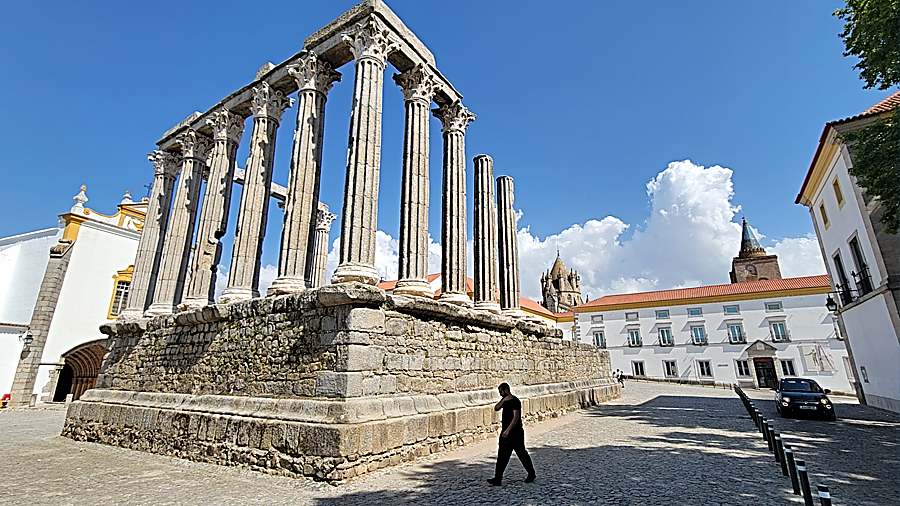
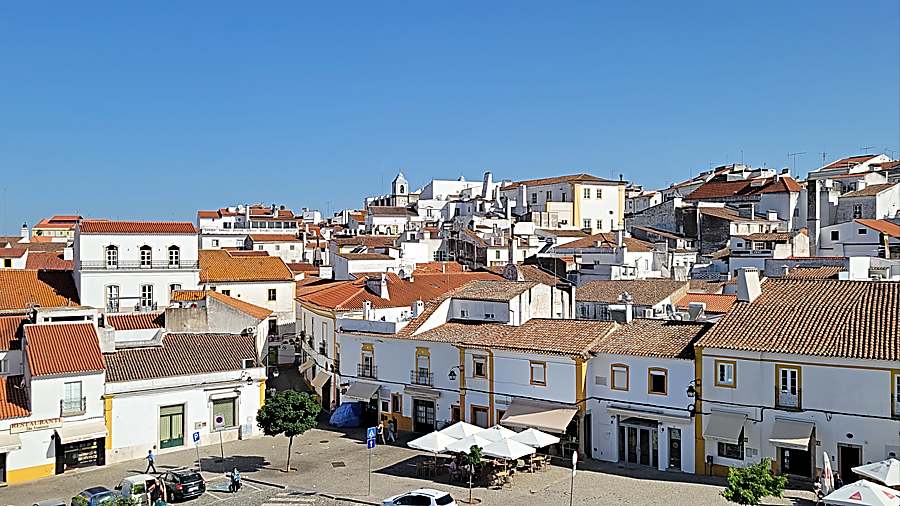
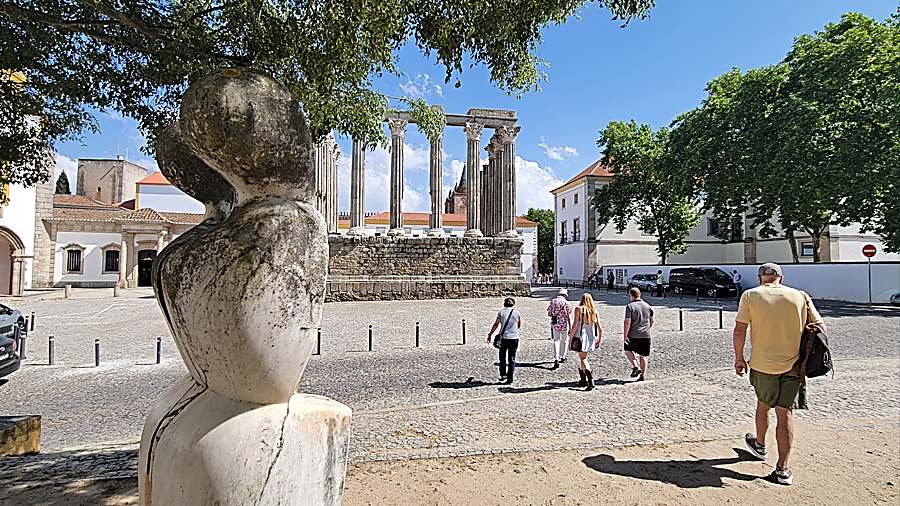
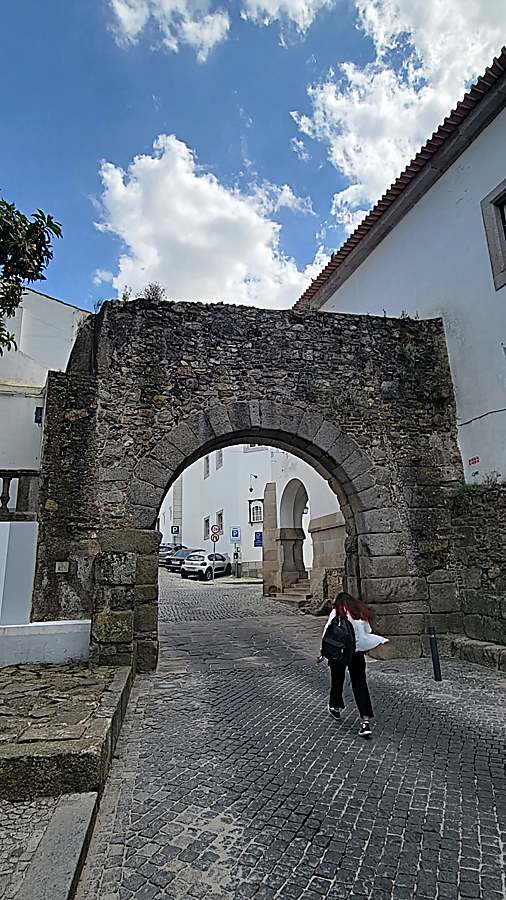
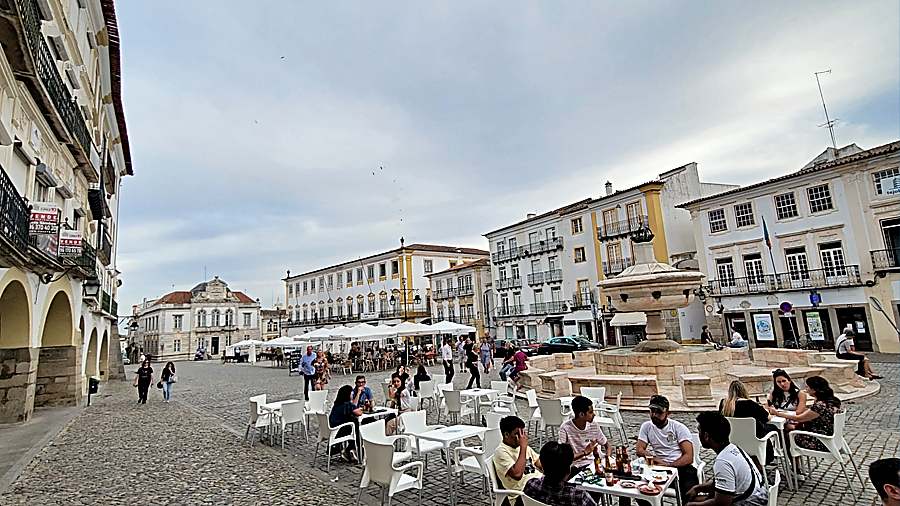
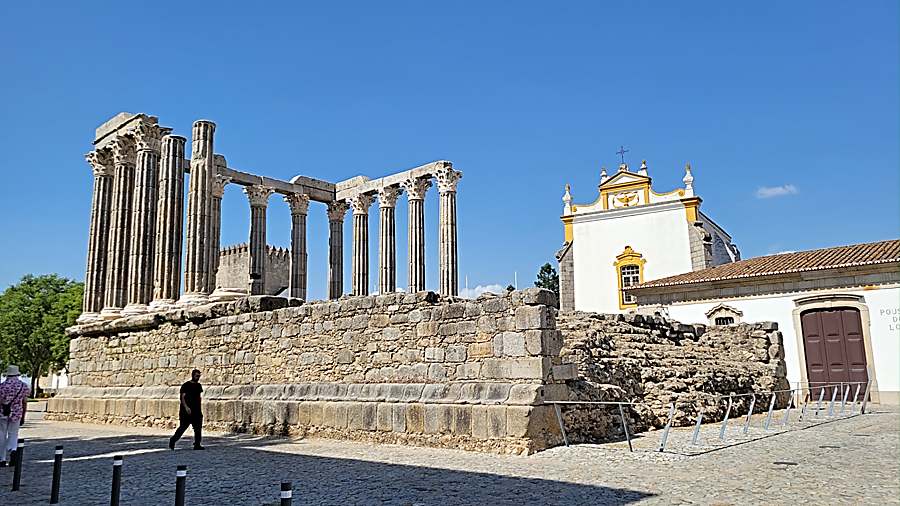
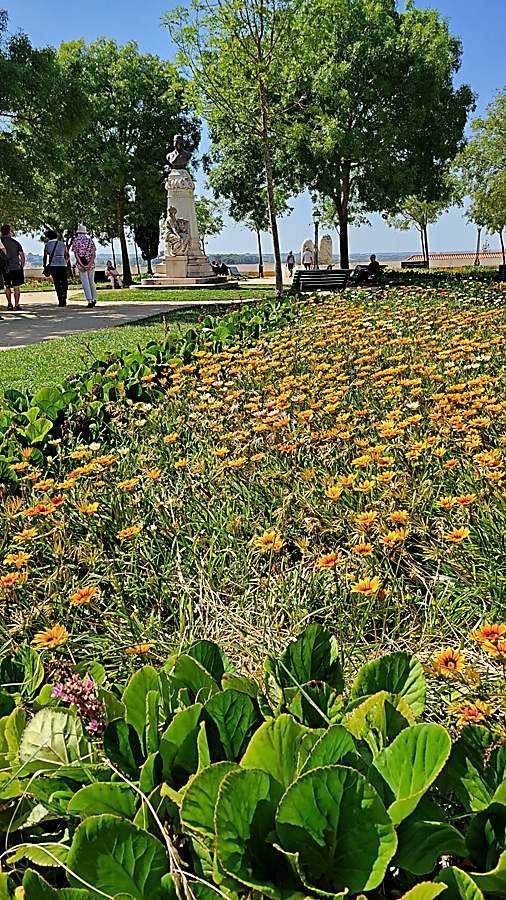
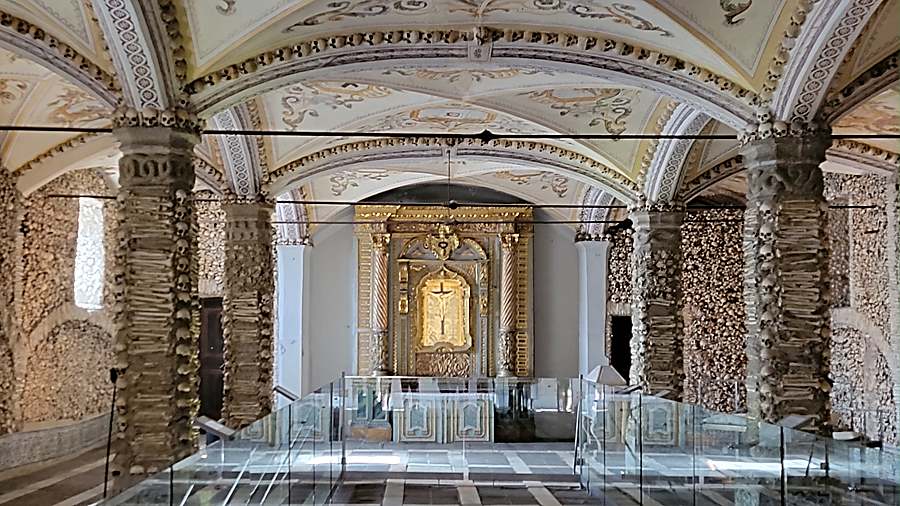
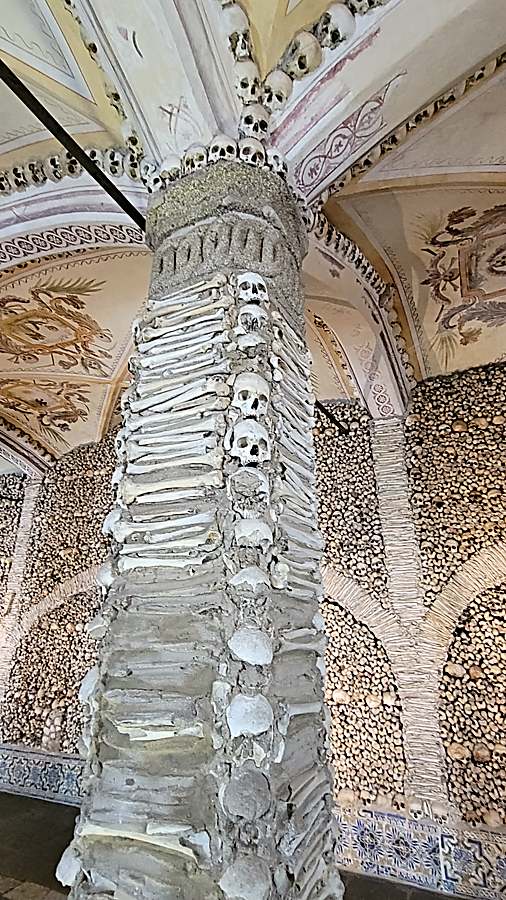
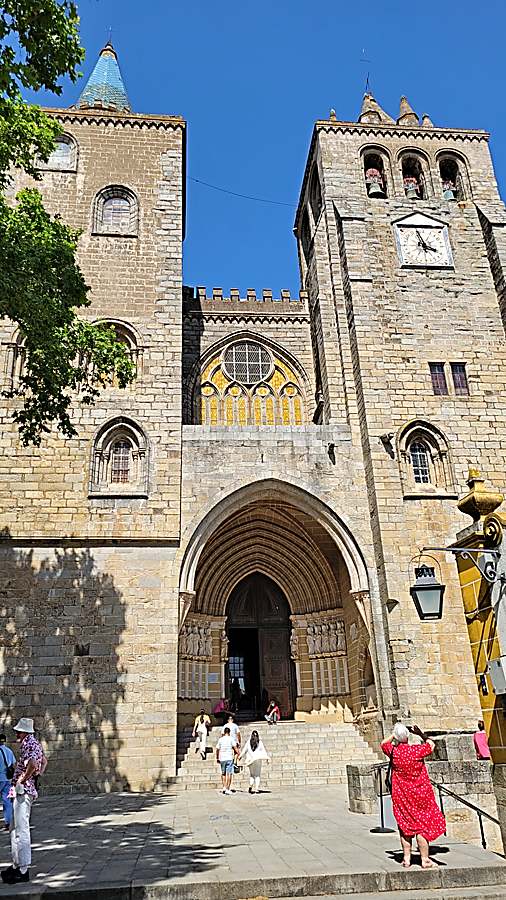
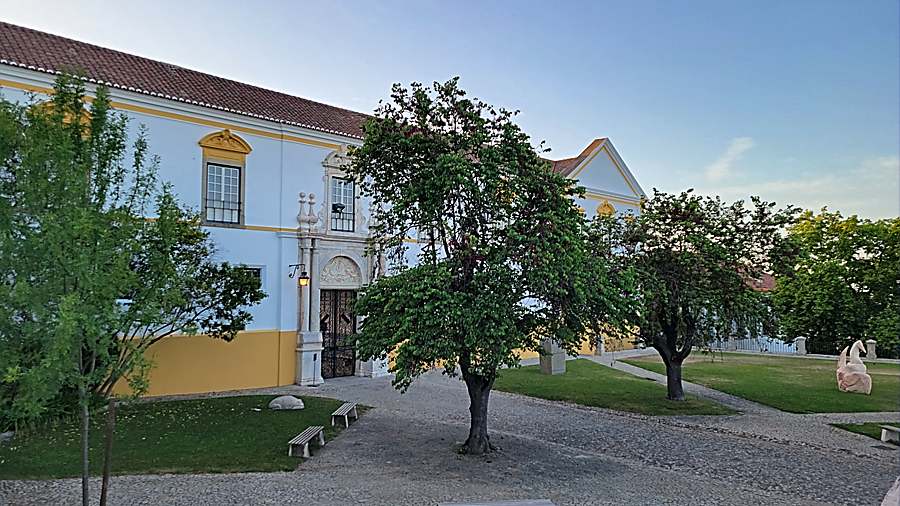
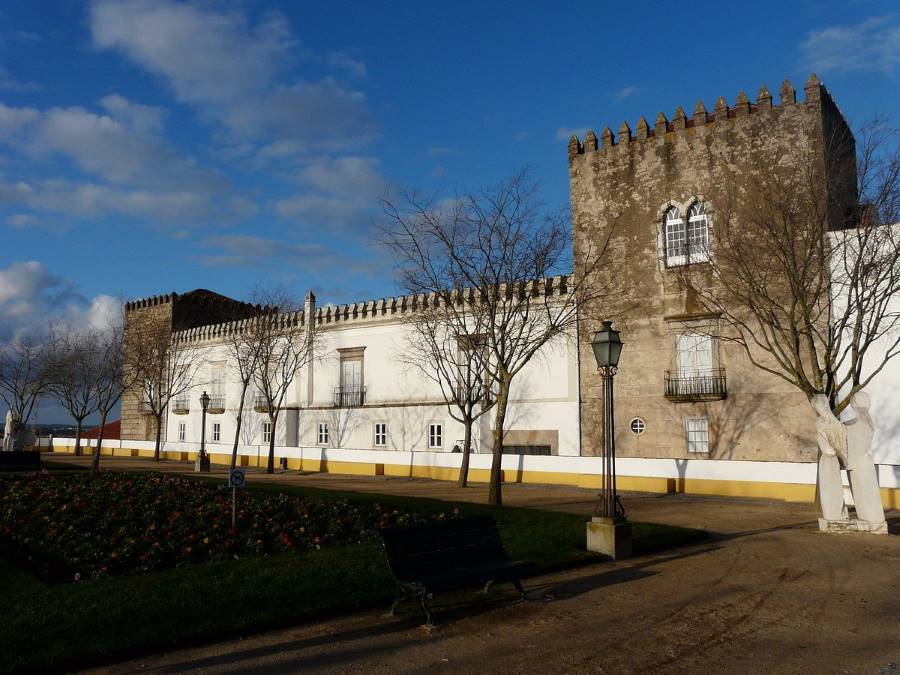
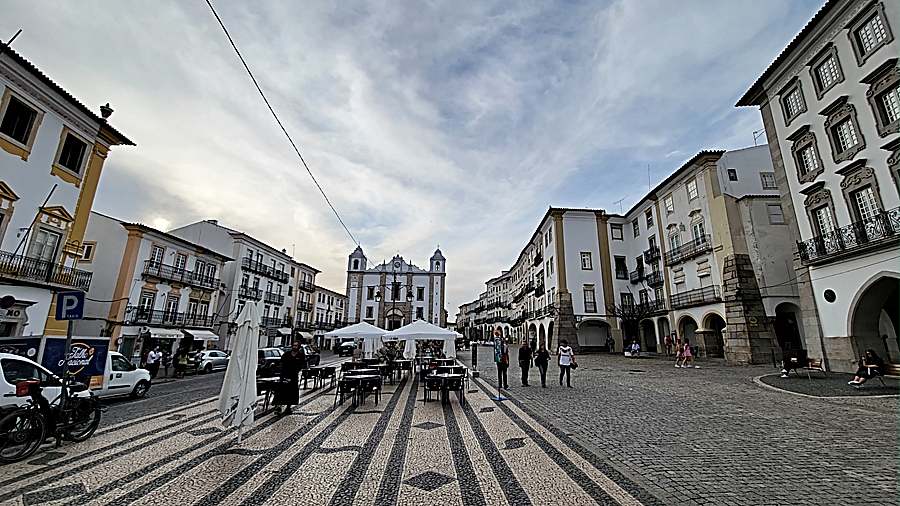
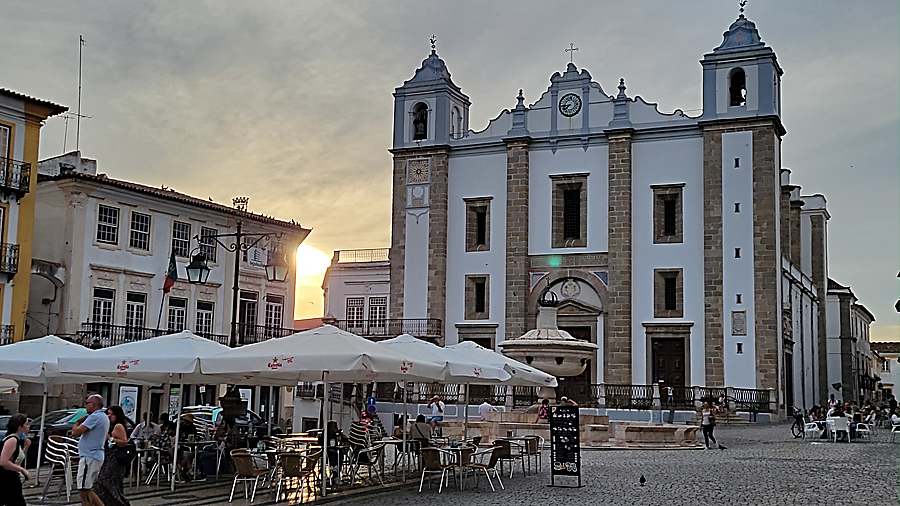

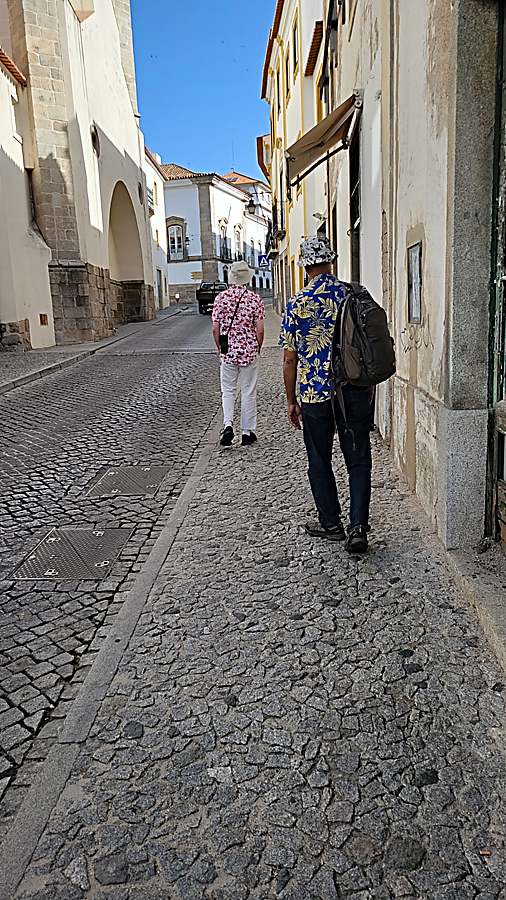
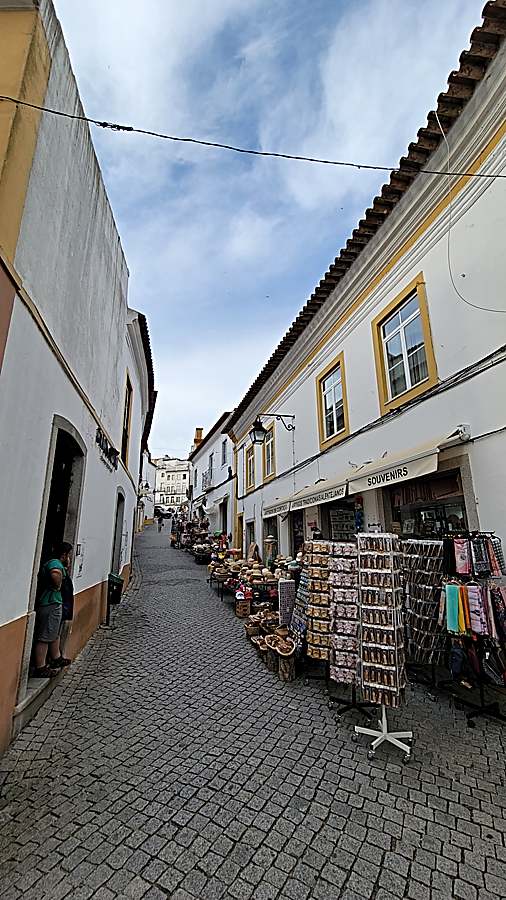
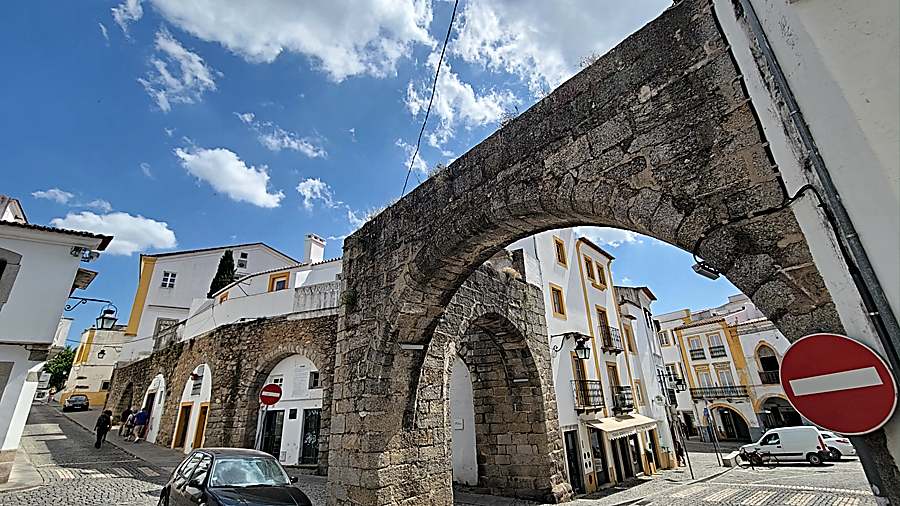
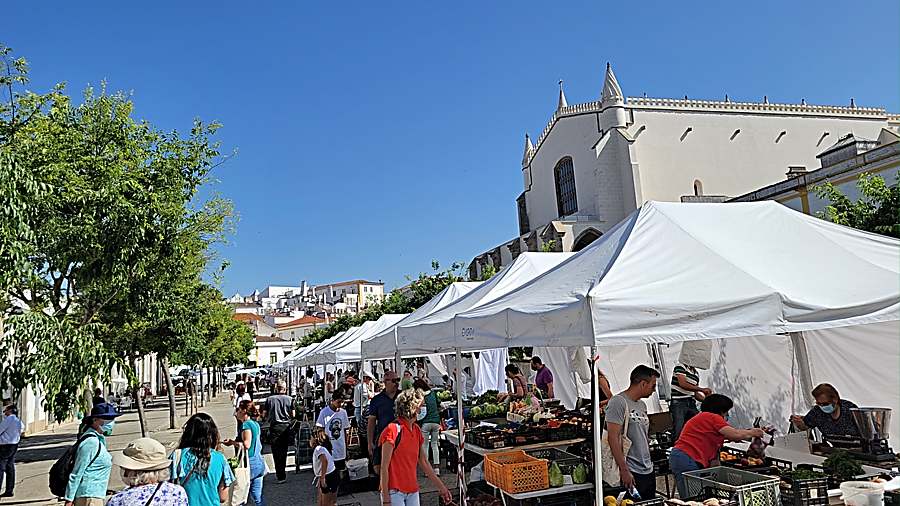
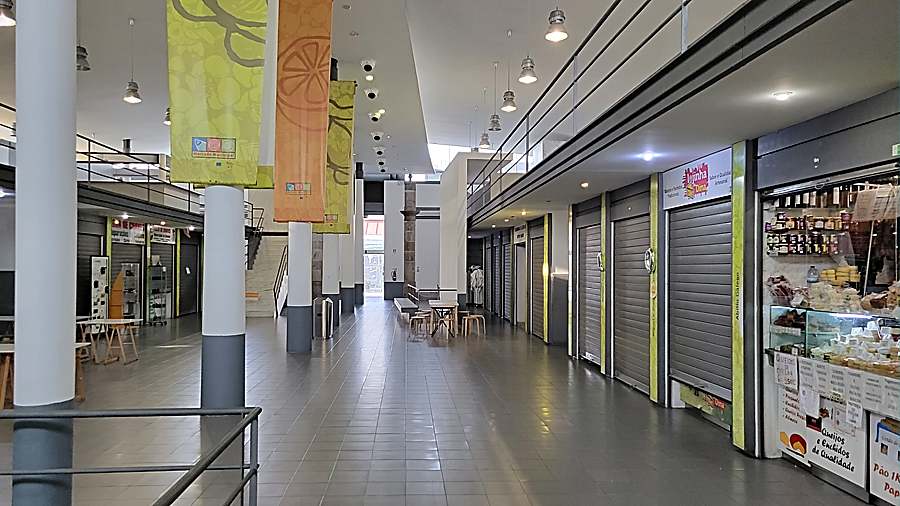
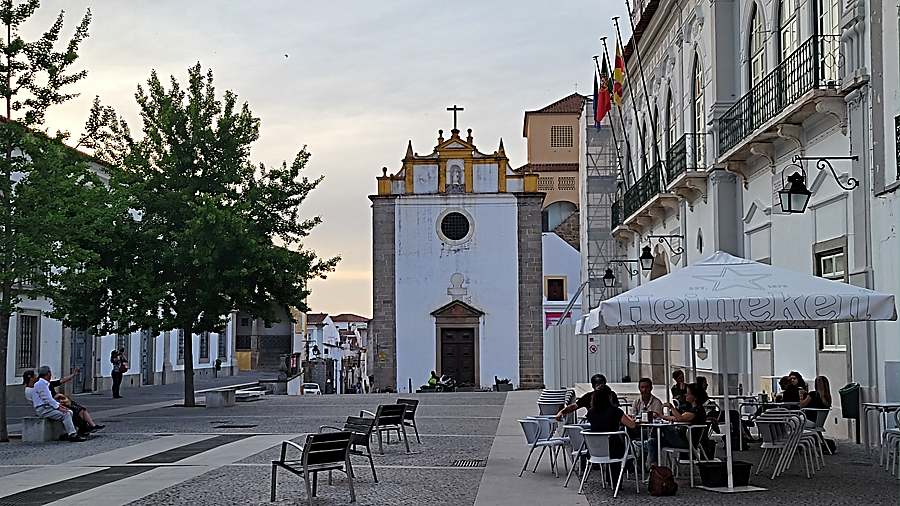
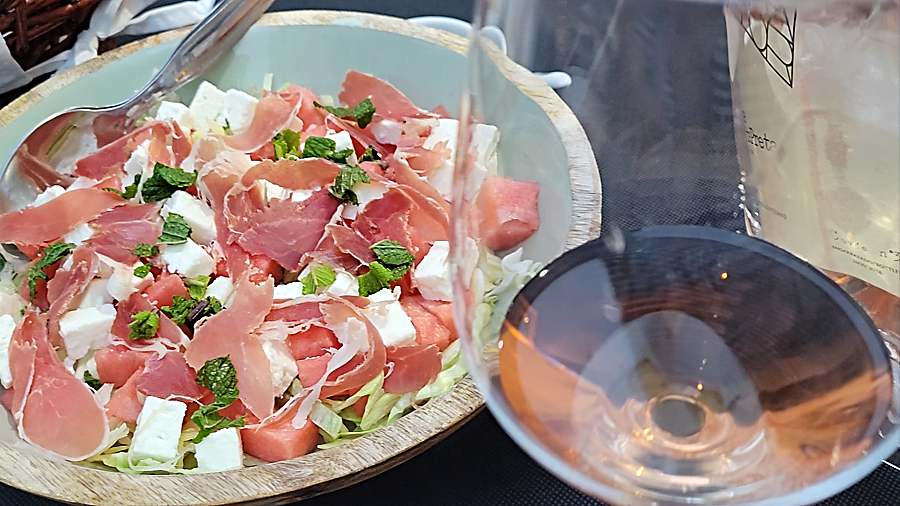
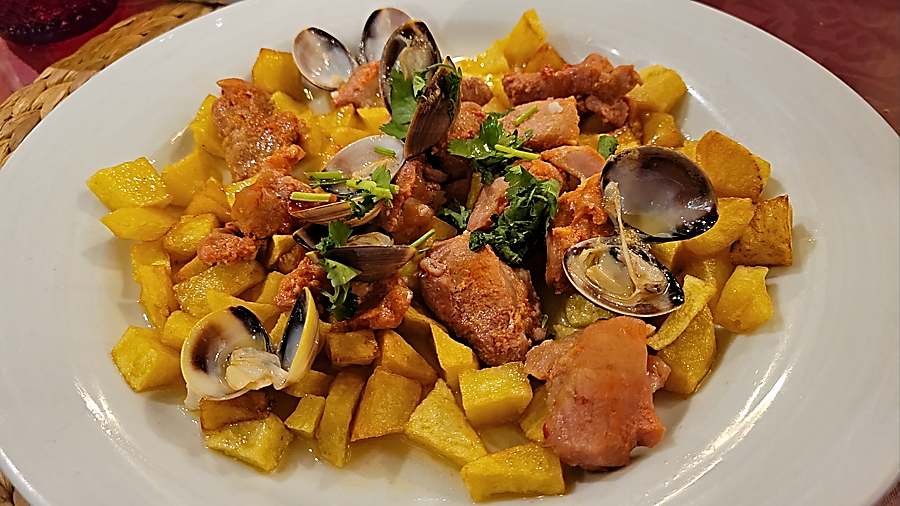
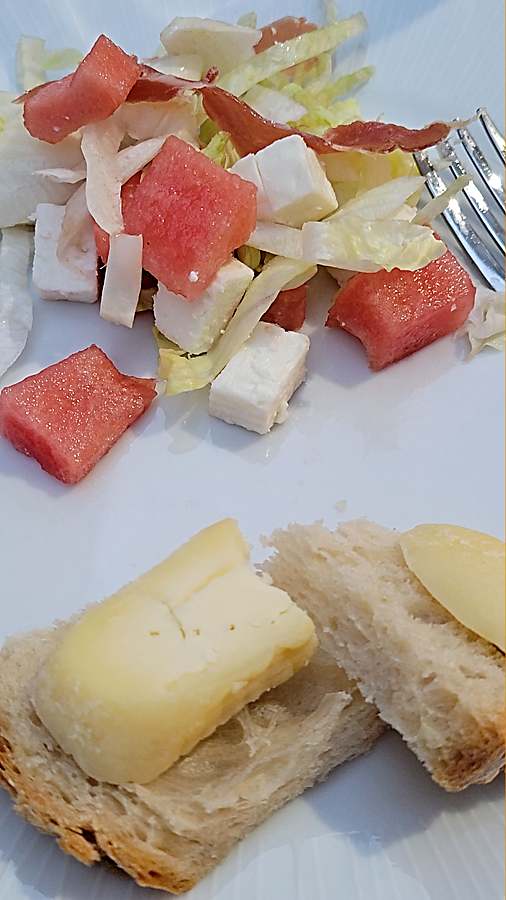
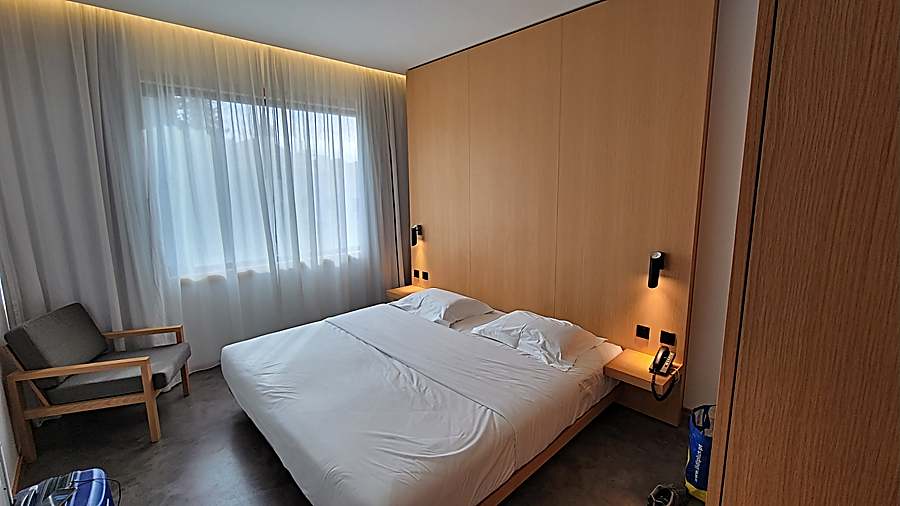
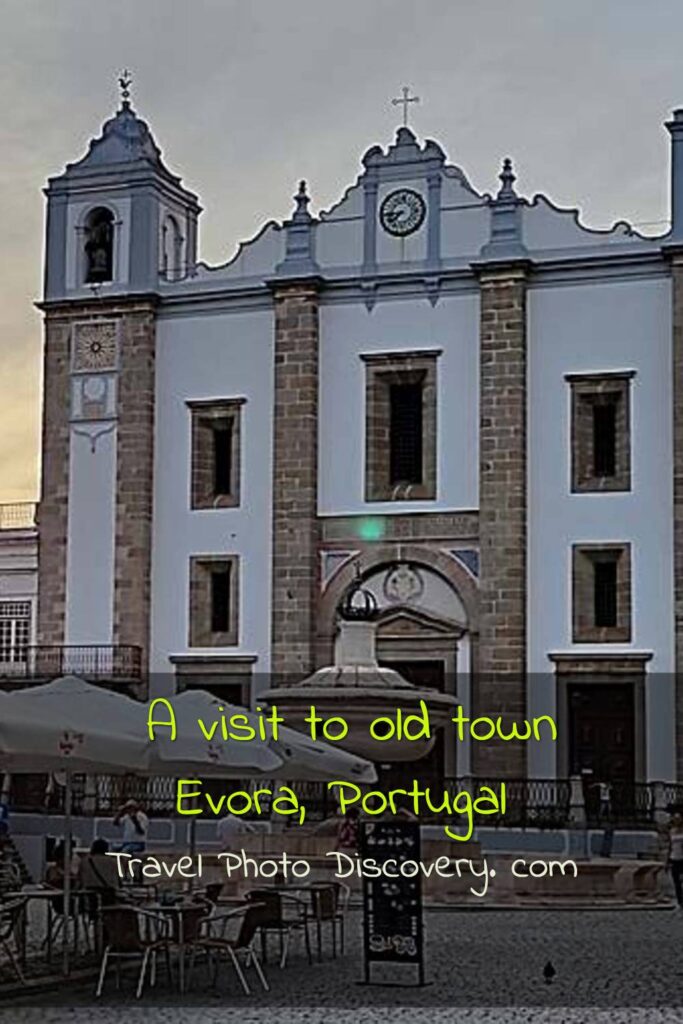
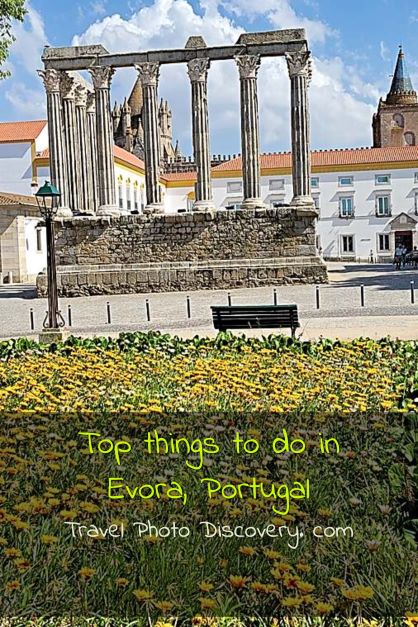
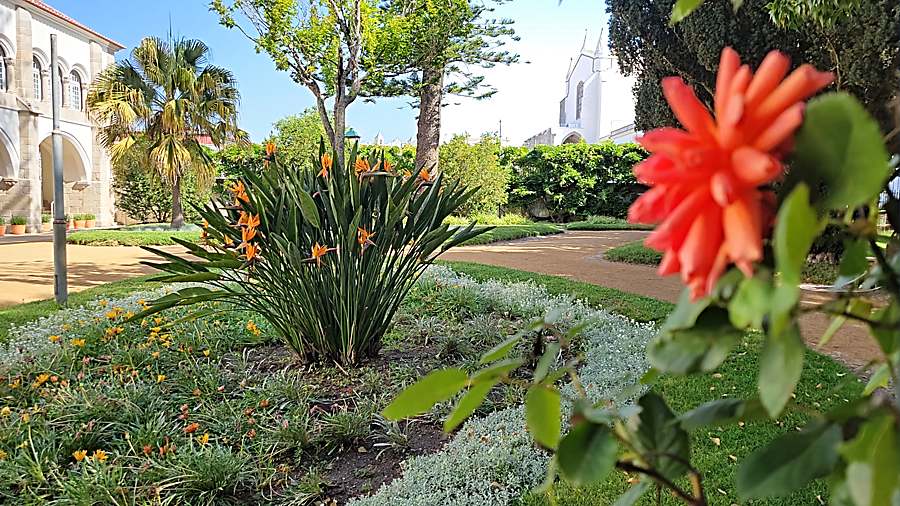

Trackbacks/Pingbacks